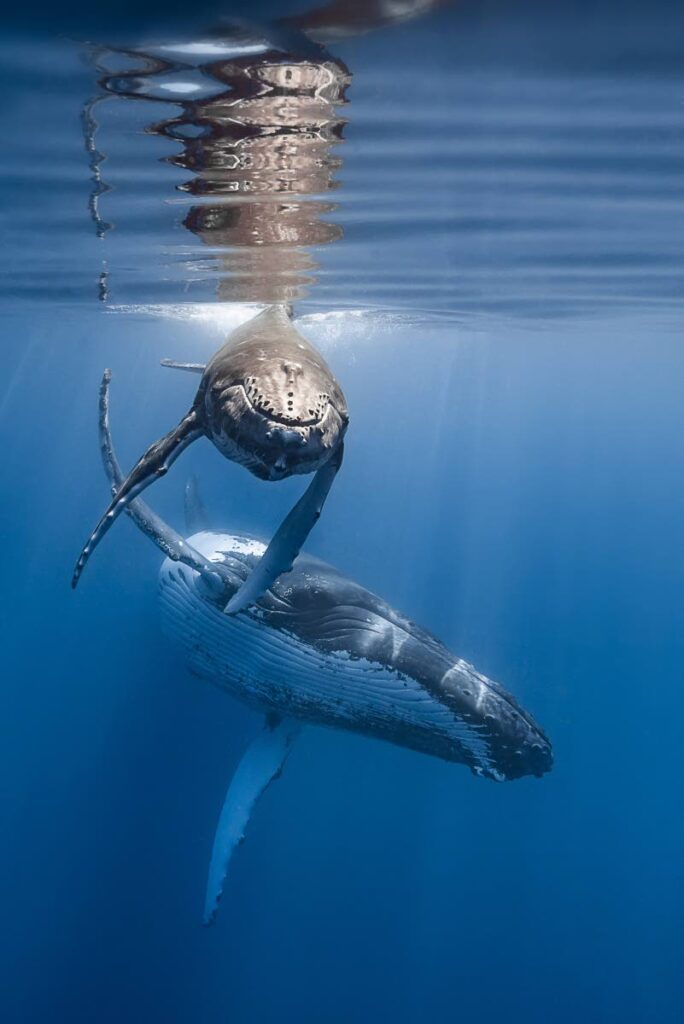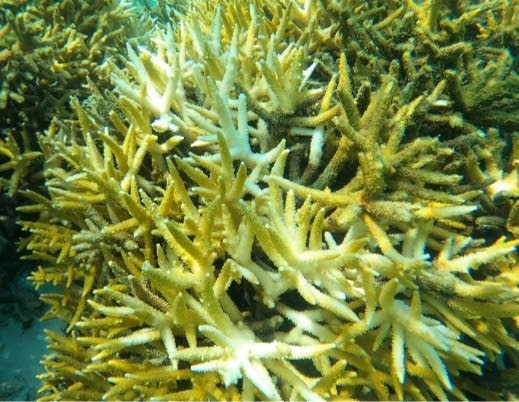Costly climate change and marine cleaning

Dr Anjani Ganase looks at some of the latest marine and climate-science research.
The World Meteorological Office reported a seven-fold increase in extreme events since the 1970s.
While some of the increase is associated with better reporting mechanisms and population expansion, climate change is a major driver. Given the projected increase in extreme climate events, researchers from New Zealand have assessed the global cost of extreme events attributed to climate change over the last 20 years. Assessments pertaining to the US alone estimated a cost of US$260.8 billion in economic damage related to climate change, which made up roughly 53 per cent of the total cost.
Most of the cost was associated with storm damage (64 per cent), followed by heat waves (16 per cent), then flood (ten per cent) and drought (ten per cent), wildfires (two per cent) and cold events (two per cent).
Over the last 20 years, the extreme events that cost the most in the US were the storm events of 2005 – Katrina, Rita and Wilma (US$123 billion in damage) – and then 2017 – hurricanes Harvey, Irma and Maria (US$139 billion).
Extrapolation to the global cost totalled about US$2.86 trillion, or US$143 billion/year. The largest component of this cost is loss of life, which comprised 63 per cent or US$90 billion annually, while economic damage was $53 billion annually.
Other extreme events that contributed to the global cost of damage varied from the US assessment. The years of greatest loss were 2003 – European heatwave (55,400 deaths associated with climate change); 2008 – tropical cyclone Nargis in Myanmar; and in 2010, heatwaves in Russia and drought in Somalia.

The results reveal the need for the implementation of climate-change adaptation strategies, especially to reduce loss of life. The study suggested some examples, such as developing a heatwave warning system and shifting hours of operation and public access to cool areas. Some of these were applied in France after the 2003 heatwave, with fewer casualties even when more severe heat conditions were experienced.
In the Caribbean, infrastructure policies for buildings capable of withstanding extreme storms are needed, along with better disaster preparedness.
Marine heatwaves in deep oceans
Since the 1980s, the surface sea temperatures of the ocean have been monitored remotely via satellites. Where warming events develop and overlap with ecosystems of significant biodiversity such as coral reefs, countries can receive warming alerts from NOAA.
Today, the Caribbean, including Trnidad and Tobago, is experiencing one of the most severe heatwaves in 15 years, resulting in mass coral bleaching. More frequent and severe marine heatwaves (MHW) are expected in the future because of climate change.
Scientists have re-analysed marine heatwave data over the last 25 years. specifically assessing the patterns of MHW with depth. While ocean surfaces (0-50 metres depth) experience a higher frequency of heatwaves, the subsurface marine heatwaves between 50 and 200 metres may be more intense and can last twice as long.
Meanwhile heatwaves in the very deep areas (~2000 metres), while less severe compared to the surface, may still be detrimental to the deep-sea biota, given their sensitivity to physical changes.

The impact of sub-surface marine heatwaves is expected to be more harmful in areas that house higher marine biodiversity, such as tropical and polar areas, and especially among species that exist in environments close to the thermal tolerance thresholds, such as mesophotic reefs.
These sub-surface marine heatwaves are likely to result in die-off and redistribution of marine biodiversity. Geographically, the most intense marine heatwaves are expected in the equatorial regions at depths around 100 metres, while the polar regions will experience the longest duration of marine heatwaves.
Approximately 14 per cent of the ocean has areas of high biodiversity with high-intensity heatwaves down to 250 metres. Locations include the Philippines, Tasman Seas (west Pacific), the Gulf of Mexico and off South Africa.
While surface heatwaves can be detected by satellites, sub-surface heatwaves are not so easily detected, and sub-surface temperature rise is likely to become more frequent because of climate change.
Male whales in the post-whaling era
Since the banning of whaling in the 1960s,when whale populations were at the brink of extinction, most of the populations around eastern Australia have bounced back to pre-whaling numbers, with over 20,000 whales.
Considering that most whales live up to 60-plus years, it is the first time that scientists have been able to observe large groups of adults. They have observed changes to whale populations and behaviour in the post-whaling world.
One interesting observation is that as male population densities increased over the years, changes in mating behaviour have also occurred. In early years, when whale populations were low, male whales would sing to attract females. As densities increased, males engage in more physical courting tactics.
Singing was often done by a lone male or a male in a group of two or three. As groups increased to four or more males, or where more than one male sang, the competition would often shift to a physical one, where the males would block other males while escorting a female.
Scientists believed the change in behaviour was to prevent competition by other males. The ability of males to change tactics when courting females is seen as a sign of evolutionary variability and adaptability in whale populations and a sign of success for recovering populations.
Discarded fishing gear in Canada
Fishing gear – lost, abandoned, or intentionally disposed – can cause significant harm to marine life. Ghost nets can drift hundreds of kilometres in the mid-water column, entrapping and drowning marine mammals and turtles. Fish traps continue to entrap fish, crabs and lobsters for years after being abandoned. When nets and lines end up on reefs or the seafloor, they smother the benthic community and entangle fauna.

An effort to remove all abandoned or lost fishing gear was made in southwest Nova Scotia, Canada in 2020. A partnership among government, academia, fisherfolk and NGOs was mounted to locate and retrieve abandoned fishing gear, which largely comprised lobster traps, as the major commercial fishery in the area. Annually about two per cent of lobster traps are lost in southwest Nova Scotia.
Locating and retrieving lost gear is logistically difficult and expensive. To determine where should be cleaned up, meetings were held with fisherfolk to identify areas of higher gear loss. This was then meshed with the fish and lobster habitats to assess the level of risk to indigenous marine life.
Just under 4,000 kilometres of seafloor were covered while doing 997 tows over two years. Grapples, while not the perfect tool, were able to retrieve 29,298 kilograms of fishing gear from the seafloor, while 4,668 kilograms were also retrieved from the coastal areas.
The majority of the fishing gear consisted of fish traps, the oldest being 37 years, and many with entrapped creatures. About 25 species were released, with the largest proportion of by-catch being American lobster (48 per cent), followed by commercial crab species.
With respect to the gear technology, new traps were more efficient at entrapping marine life, but some of the newer traps also had escape panels. The escape panels had attachment rings that would disintegrate and release by-catch. Some panels had fallen off and had less by-catch, but many of the panels were still intact. More research is needed to determine the length of time these take to disintegrate.

Comments
"Costly climate change and marine cleaning"